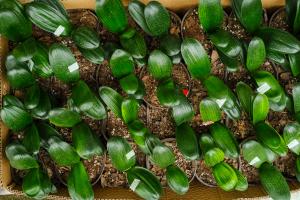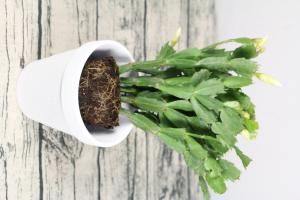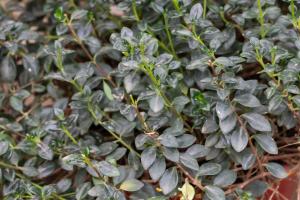Introduction
Bamboo plants are popular choices for indoor and outdoor decoration. This plant is visually appealing, long-lasting, and can thrive in various environments. However, most people might not know that caring for a bamboo plant involves more than just placing it in a pot and letting nature take its course. One common question that people ask is, "Do you have to water a bamboo plant?" In this article, we will explore the answer to this question and other essential care tips for a bamboo plant.
Watering a Bamboo Plant
Bamboo plants require adequate water to thrive, just like any other plant. However, the watering frequency for bamboo plants varies depending on various factors. Indoor bamboo plants require regular watering, while outdoor bamboo plants can withstand dry conditions. Therefore, if you have an indoor bamboo plant, you must water it occasionally. In general, watering a bamboo plant once a week is sufficient. Additionally, ensure that the water penetrates the soil deeply, reaches the roots, and drains appropriately. Overwatering can kill bamboo plants, so you must avoid watering them excessively.
Lighting for a Bamboo Plant
Bamboo plants require adequate exposure to sunlight to grow correctly. However, direct sunlight can be harmful to this plant, causing the leaves to turn yellow or brown. Therefore, it would be best to place your bamboo plant in a location with indirect sunlight or partial shade. Indoor bamboo plants can thrive in areas with bright artificial light. Ensure you expose your bamboo plant to sufficient light, but do not place it in a spot that gets direct sunlight.
Temperature and Humidity for a Bamboo Plant
Bamboo plants can survive in a wide range of temperatures, but they prefer warm and humid conditions. They are ideal for humid areas such as the bathroom or the kitchen. However, you must avoid placing the bamboo plant in areas with cold drafts as it can damage the plant. Additionally, ensure that the temperature in the room is consistent to avoid shocking the plant.
Soil for a Bamboo Plant
It is essential to choose the right soil for your bamboo plant. Bamboo plants thrive in well-draining soil that is rich in nutrients. Ensure that you use a mixture of peat moss, sand, and perlite to provide proper drainage. Additionally, you can add compost or fertilizer to enrich the soil and provide necessary nutrients to the plant.
Pruning a Bamboo Plant
Bamboo plants can grow up to several feet tall, making them great for indoor decoration. However, it would be best to prune your bamboo plant regularly to keep it in a desirable shape and size. You can trim the leaves and shoot tips regularly to prevent wild growth. Additionally, you can remove dead or damaged leaves to keep your bamboo plant healthy and visually appealing.
Conclusion
In conclusion, caring for a bamboo plant requires more than just placing it in a pot and letting it be. You must water the plant adequately, provide proper lighting, temperature, humidity, and soil. Additionally, pruning the plant regularly can help maintain its desirable shape and size. It is essential to remember that different bamboo plants require different care, so you must research your specific plant's needs. With proper care, your bamboo plant can thrive and become a beautiful addition to your home or office space.

 how many times do yo...
how many times do yo... how many planted tre...
how many planted tre... how many pine trees ...
how many pine trees ... how many pecan trees...
how many pecan trees... how many plants comp...
how many plants comp... how many plants can ...
how many plants can ... how many plants and ...
how many plants and ... how many pepper plan...
how many pepper plan...





























